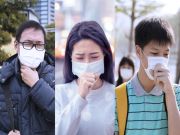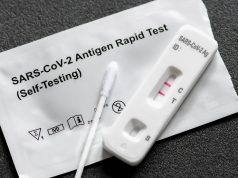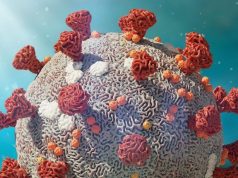New model suggests lower herd immunity level than classical model based on homogenous immunization
WEDNESDAY, July 1, 2020 (HealthDay News) — A mathematical model shows that severe acute respiratory syndrome coronavirus 2 (SARS-CoV-2) disease-induced herd immunity level may be lower than the classical model assuming homogenous immunization, according to a report published online June 23 in Science.
Noting that despite preventive measures, many countries have suffered severely from the COVID-19 pandemic, Tom Britton, Ph.D., from Stockholm University, and colleagues examined the impact of population heterogeneity on disease-induced immunity to SARS-CoV-2.
The researchers note that the proportion infected in groups with the highest contact rates is greater than in groups with low contact rates, demonstrating the impact of population heterogeneity on SARS-CoV-2-induced immunity. In an age-structured community with mixing rates fitted to social activity, with an R0 = 2.5, the disease-induced herd immunity level is estimated to be around 43 percent, which is less than the classical levels of 60 percent obtained through homogenous immunization of a population.
“The more socially active individuals are then the more likely they are to get infected than less socially active ones, and they are also more likely to infect people if they become infected,” a coauthor said in a statement. “Consequently, the herd immunity level is lower when immunity is caused by disease spreading than when immunity comes from vaccination.”
Copyright © 2020 HealthDay. All rights reserved.








